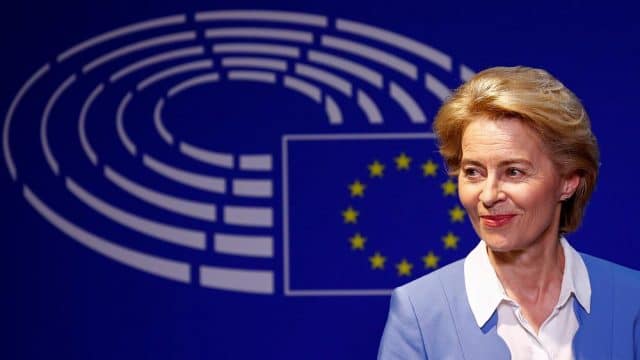
The race for the EU’s top job was supposed to be clear cut.
In the run-up to May’s elections, European political parties nominated their candidate to be the next president of the European Commission.
The idea behind the so-called Spitzenkandidaten process is that whoever got the biggest share of the vote would also get their hands on the EU’s top job.
It’s part of a drive to promote democracy and was used to usher in Jean-Claude Juncker as European Commission president in 2014.
But this year, with leaders of European countries unable to agree on a Spitzenkandidaten, it has been abandoned.
It means Manfred Weber, the candidate for the largest party in the European Parliament, the European People’s Party (EPP), misses out.
Instead, Germany’s defence minister, Ursula von der Leyen, was chosen by leaders of European countries and has now won the confidence of a majority of MEPs.
This all begs the question: is the Spitzenkandidaten process dead?
It has certainly not come cheap: the European Parliament spent over €1 million organising a pre-election debate between hopefuls for the EU’s top job. The EPP has spent an estimated €5.5m campaigning and the Socialists and Democrats €1.9m.
“I don’t think the system of the lead candidate is dead,” Alberto Alemanno, an EU law professor at HEC Paris, told Good Morning Europe.
“Rather the opposite: we are finally having a conversation about the need to make a linkage between the citizens voting and the political colour of the European Commission.
“Even though the electorate didn’t necessarily know those candidates, didn’t know the rules of the game, still, the fact of having those candidates certainly played a favourable role in increasing media coverage, in personalising and even humanising the face of the next European Union.”
Watch Good Morning Europe’s report on the cost of the Spitzenkandidaten process in the player above.







